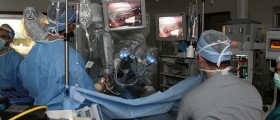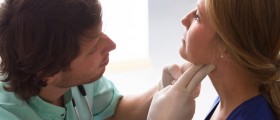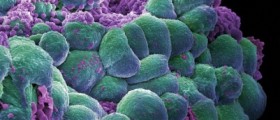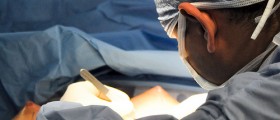
When a person has a lump in the armpit, it is usually caused by an enlarged lymph node, or even several, located under the arm.
The causes of this condition can be numerous.
Cysts and infections on the skin’s surface are some possible causes. The skin infections can be caused by shaving that are too much or through the use of antiperspirants. Usually, the shaving infection will occur in young people who have just started to shave that area of the body.
Abscesses can occur as well. Having an abscess in that area of the body could manifest with a large and painful lump under the armpit.
The lymph nodes can also become swollen due to a bacterial or viral infection.
Vaccinations and cancer can also result in a large lump under the armpit.
The lymph nodes work as filter that catch infectious organisms or cancer cells. When they do catch such things, the size of the node increases and it becomes swollen and tender. When they do become larger and more painful, they will be obvious and the person will notice it immediately.
When a woman has such a lump, she needs to contact a doctor immediately because it can be a sign of breast cancer.
Various causes
There are numerous causes for lumps under the armpit, some of which include a bacterial infection, arm or breast infection, cat scratch disease, lymphadenitis, cancer, Hodgkin’s lymphoma, fungal infections, sporotrichosis, benign cysts, lipomas, normal, and benign breast tissues or allergic reactions.
The lumps can also be caused by measles, smallpox vaccinations, typhoid vaccines, viral infections, AIDS, chickenpox, infectious mononucleuosis and shingles.
Diagnosis
The treatment for the lump will depend on the cause of the lump, of course.
It is important to get a proper diagnosis from the doctor in order to know how to treat the lump.
Do not try to diagnose the lump without the help of a doctor, because only a medical professional can give a certain diagnosis that will enable the person to treat the lump accordingly.
The doctor will perform a physical examination by gently pressing the nodes with the fingertips.
There are other tests that may be needed on order to properly diagnose the problem and to treat the lump accordingly.
Some of these tests include blood tests such as a complete blood count, kidney function tests, liver-spleen cans, lymph node biopsy, platelet count and an x-ray of the chest.

















Your thoughts on this
Loading...